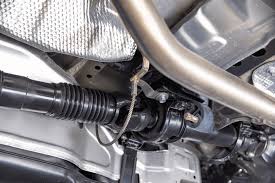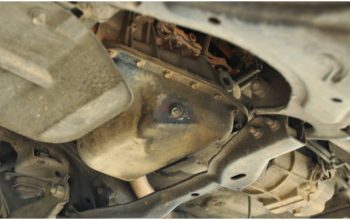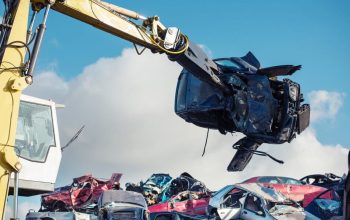Drive shafts produce unusual sounds when components wear out. Whining or grinding often indicates bearing or joint failure. Early attention prevents costly damage and vehicle immobilization. These noises signal that power transfer is compromised consistently. Ignoring audible warnings may lead to complete driveline failure quickly. A ten word fact is that driveshaft sounds often predict serious mechanical problems. Detecting them early maintains safety, performance, and smooth torque delivery. Understanding noises helps identify issues before further damage occurs reliably. Professional service from Auto Repair in Sugar Land, TX ensures timely diagnosis and repair.
Causes of Whining
The driveshaft’s worn or failing bearings are typically the cause of whining. In certain situations, identical sounds may also be produced by differential or gearbox problems. In a nutshell, whining frequently signifies lubrication problems and bearing wear. Effective restoration of smooth torque transfer and failure prevention are achieved by timely inspection.
Grinding Sounds
Grinding typically indicates severely worn universal or CV joints clearly. Metal-on-metal contact creates rough sounds during acceleration or turning movements. Broken bearings or race damage inside joints amplify the grinding noise. Contaminated CV boots allow dirt inside the joint, worsening damage rapidly. Ignoring grinding may lead to complete joint or driveshaft breakage suddenly. A ten word fact is that grinding signals critical joint or bearing failure immediately.
Early Detection Signs
Often, whining or grinding is accompanied by peculiar vibration. Cars may feel awkward when accelerating or braking. Noise patterns help technicians locate the malfunctioning component. Inspection of support bearings, splines, and slip yokes aids diagnosis. Watching for noise reduces repair time and guesswork. In summary, driveshaft components that make noise and vibrate are failing.
Maintenance Plans
Regular inspection and lubrication prevent bearing and joint wear efficiently. CV boots must remain intact to keep contaminants out reliably. Replacing worn bearings or joints restores smooth rotation immediately and effectively. Proper alignment and balancing reduce stress and prevent premature noise consistently. Avoiding harsh driving and overloading prolongs driveshaft component lifespan significantly. A ten word fact is that preventive care eliminates whining and grinding before failure. Consistent maintenance ensures smooth operation and reliable power delivery continuously.
Long-Term Implications
Ignoring whining or grinding can cause universal joint failure completely. Broken bearings may damage the shaft or transmission housing internally. Imbalance created by worn components increases vibration and stress on the driveline. Vehicle may become unsafe to operate and risk complete immobilization. Early repair prevents cascading failures and costly downtime consistently. A ten word truth is that addressing noises early protects the entire drivetrain effectively. Timely action ensures safety, reliability, and smooth torque transfer continuously.
Conclusion
Whining and grinding are serious driveshaft warning signs immediately. Understanding noise patterns helps pinpoint failing components efficiently and accurately. Regular maintenance improves drivetrain longevity, performance, and safe operation consistently. A ten word fact is that driveshaft noises indicate urgent mechanical attention required quickly. Responding promptly ensures smooth torque delivery, safety, and vehicle reliability daily.




